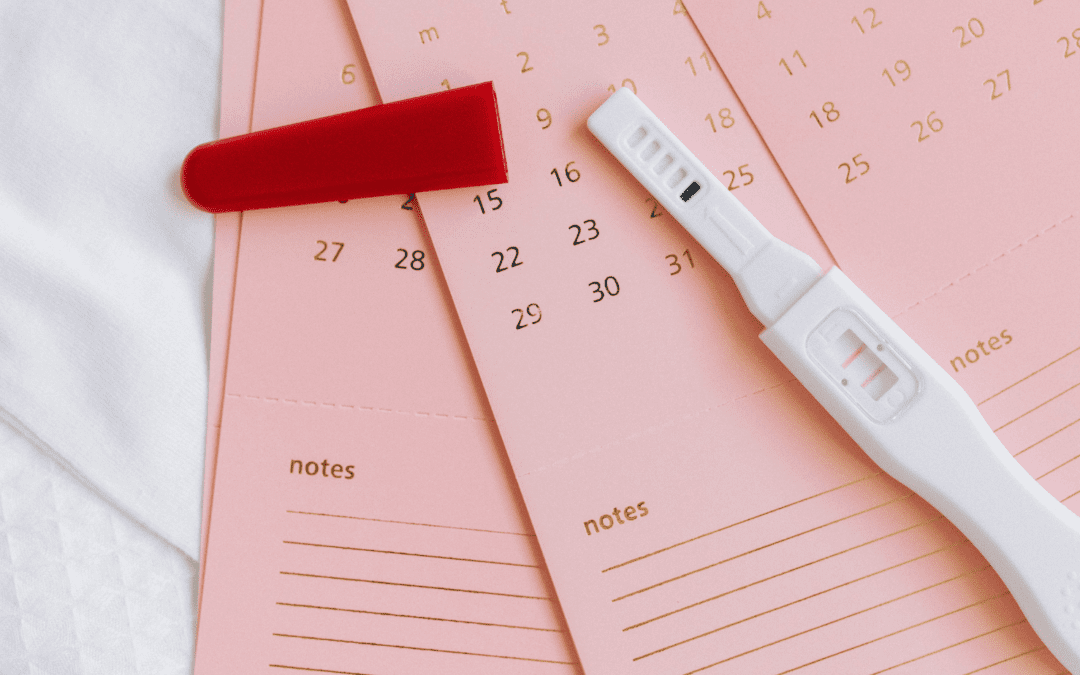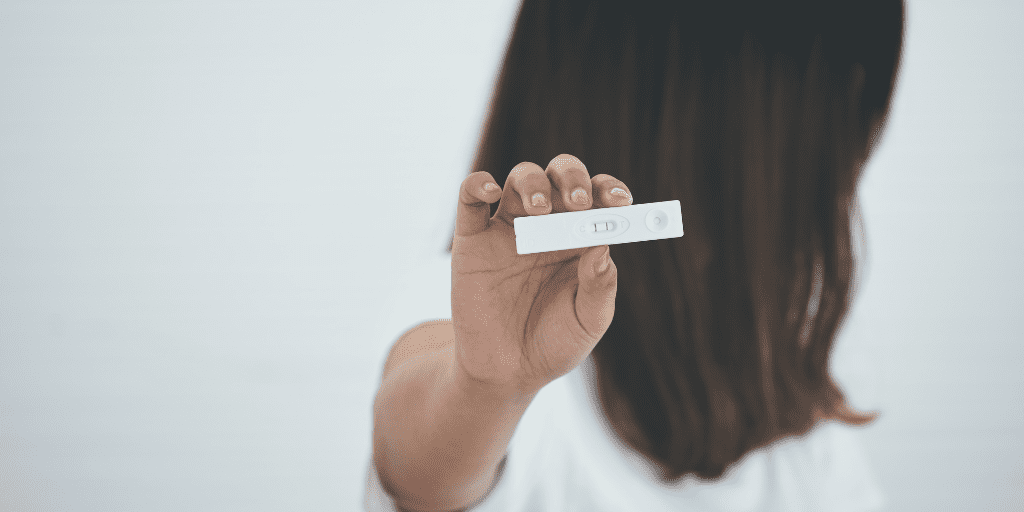What day did I get pregnant?
So you missed a period, took a test, and saw those little lines. Now you’re asking yourself “What day did I get pregnant?” There are a few ways to go about figuring this out – some being more reliable than others – and we are here to help!
Ovulation
Generally, you can get pregnant during ovulation or if you’ve had sex in the few days (approximately 5 days) before ovulation. So knowing when you ovulated and pinpointing times of intercourse during ovulation can help you figure out when you got pregnant.
Ovulation[1] is when an egg is released from the ovary. Ovulation typically occurs about 14 days before the start of your period (this is based on a 28 day cycle).
Of course, not every woman is the same. There are women with irregular periods, hormonal imbalances, and irregular ovulation patterns, so this method of tracking can be difficult for some.
How can I tell if I’m ovulating?
If your cycle is fairly regular, and you’d like to pinpoint that ovulation timeframe, there are some physical signs you can look for:
- Cervical mucus (a vaginal fluid produced by your cervix[2]) becomes clear, wet, and stretchy.
- Your breasts may feel tender.
- You may feel bloated or have minor abdominal pain.
- Light bleeding or spotting can occur during ovulation.
- You may experience an increased sex drive.
Period Math
If you’re unsure about ovulation dates, you can use the start date of your last period to come up with an estimated date of conception (when you became pregnant) after finding your estimated due date. Let’s break it down:
- First, you can use an easy online due date calculator to determine your estimated due date.
- From your due date, you can count backward 40-41 weeks. You most likely got pregnant within that timeframe. (Note that this is still a rough estimate.) For example, if your due date is November 26, you can count back 40-41 weeks and safely estimate that you conceived sometime between February 12th – February 19th.
Ultrasound
Ultimately, an ultrasound is the most reliable way to determine your due date[3], how far along you are, and when you got pregnant. An ultrasound can take measurements as soon as 5 or 6 weeks after your last period, so you don’t have to wait an eternity for clear answers. At PLL, we offer free ultrasounds, information, and support for women facing unexpected pregnancies. We are here to walk alongside you as you explore your options and make decisions about what to do next.
Don’t go through this alone!
Pregnancy can bring up a lot of questions, and there’s no need for you to seek those answers alone. We are here and happy to help. Give us a call at 417-272-5210, or schedule an appointment online to find out more.
Disclaimer: This website and blog do not provide medical advice, diagnosis, or treatment. The information provided here is only for general understanding. This information is not a substitute for professional medical advice.
Please be aware that PLL does not provide or refer for abortion services.
Sources:
- What Ovulation Signs Can I Look Out For if I’m Trying to Conceive? Mayo Clinic. (2022, December 7). https://www.mayoclinic.org/healthy-lifestyle/getting-pregnant/expert-answers/ovulation-signs/faq-20058000
- Ovulation. Cleveland Clinic. (2022, July 8). https://my.clevelandclinic.org/health/articles/23439-ovulation
- Methods for Estimating the Due Date. AGOC. (2017, May). https://www.acog.org/clinical/clinical-guidance/committee-opinion/articles/2017/05/methods-for-estimating-the-due-date


